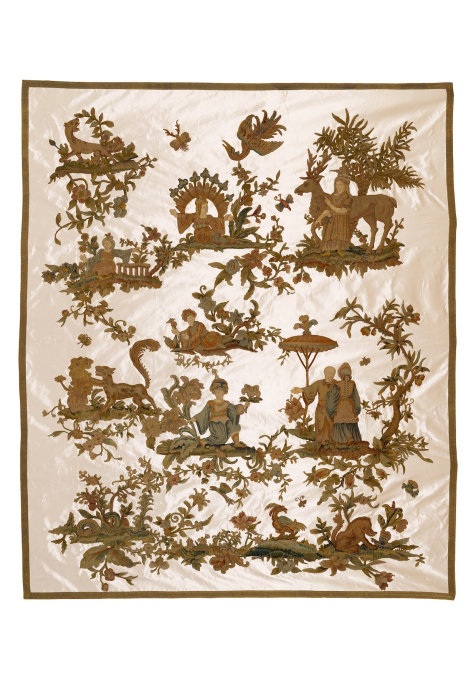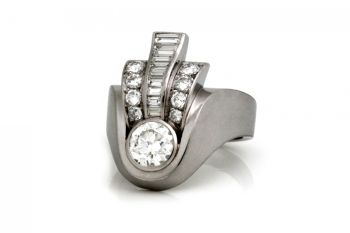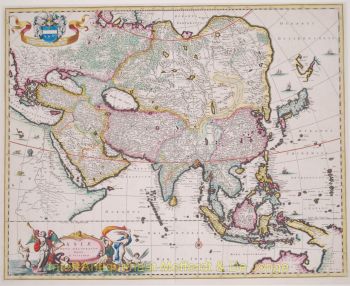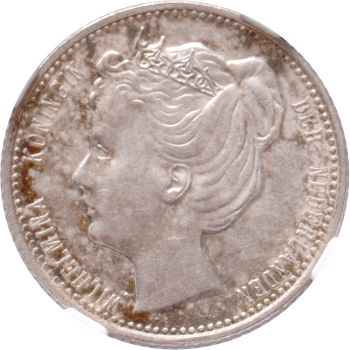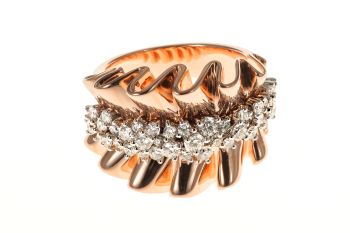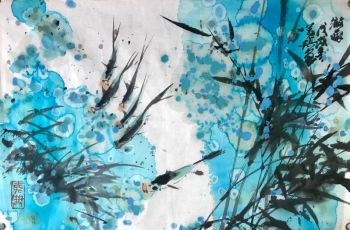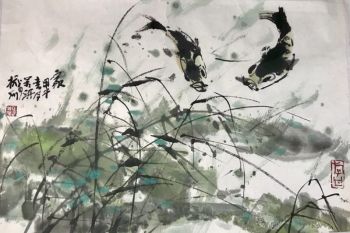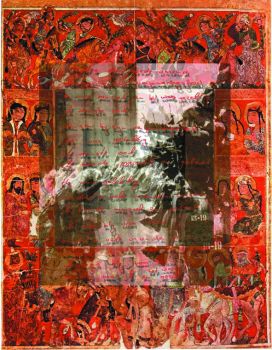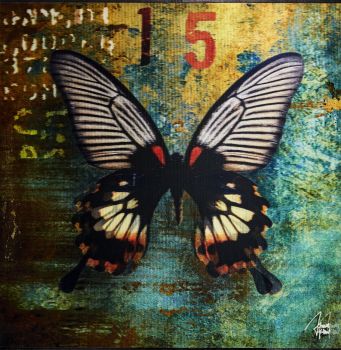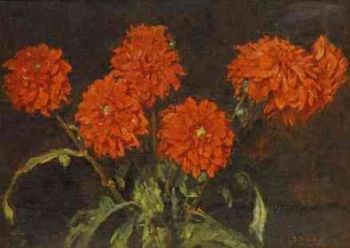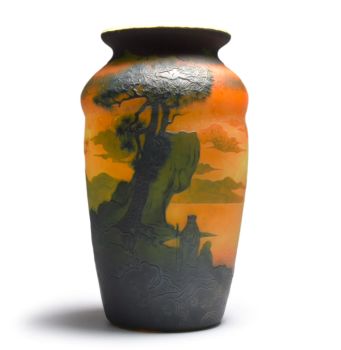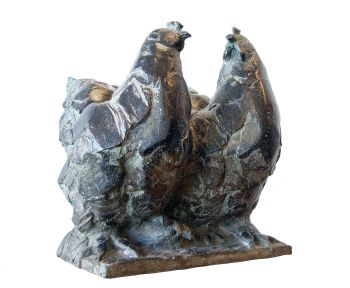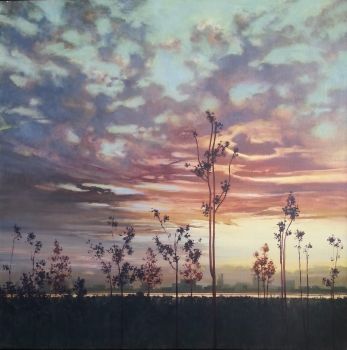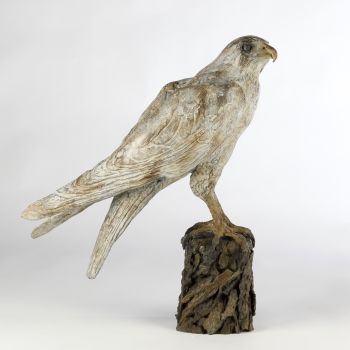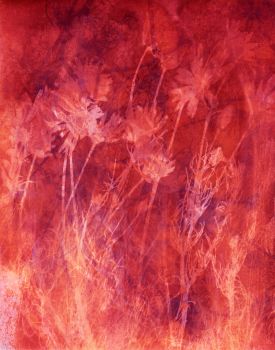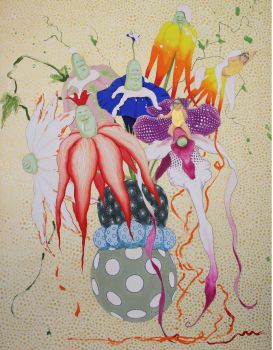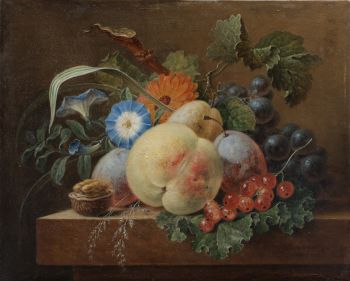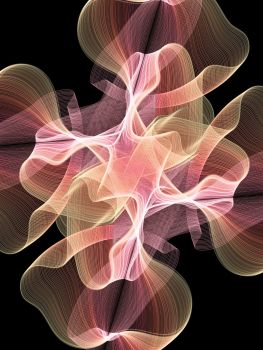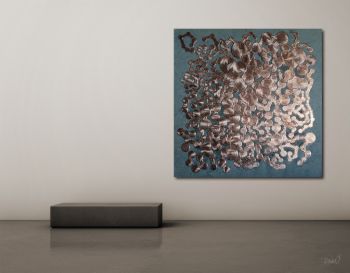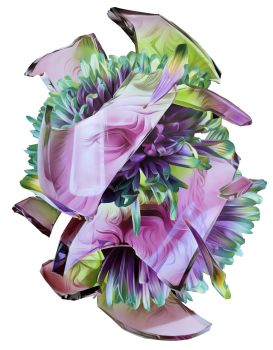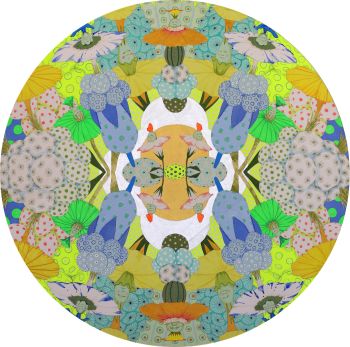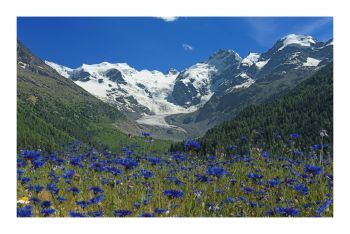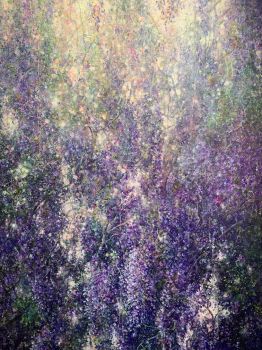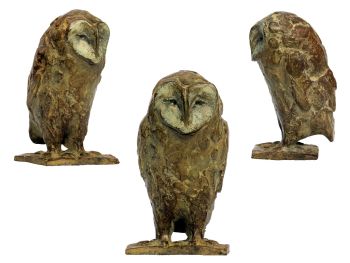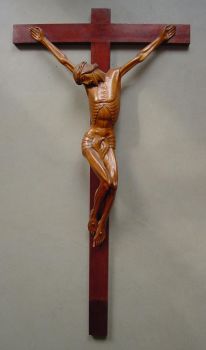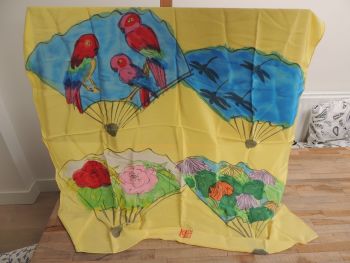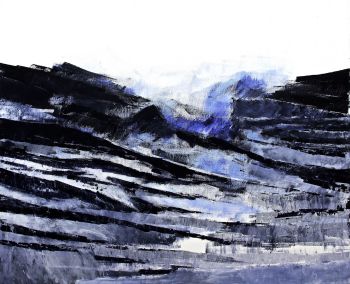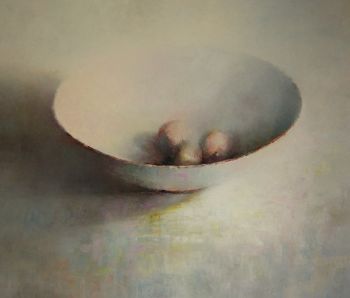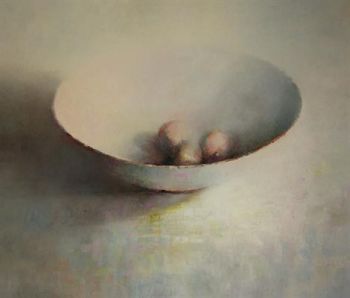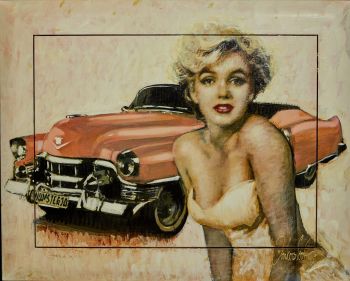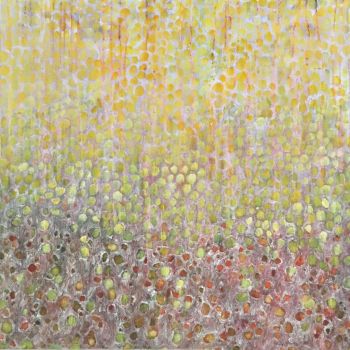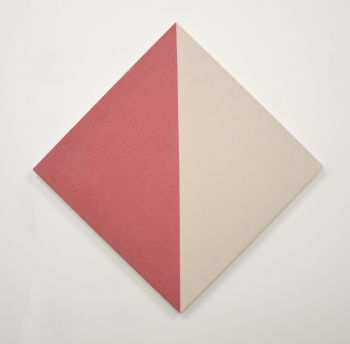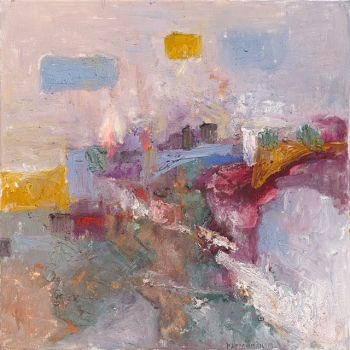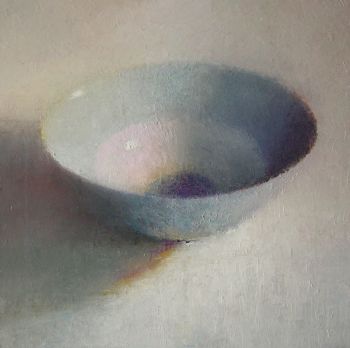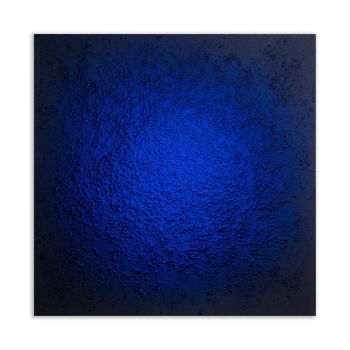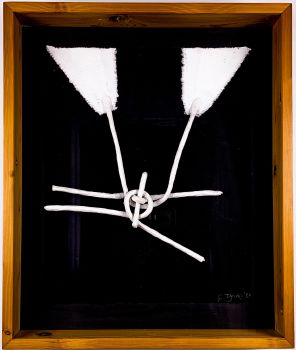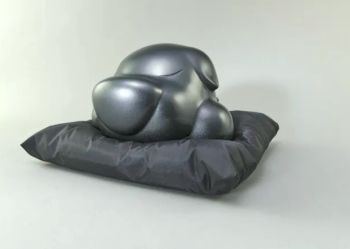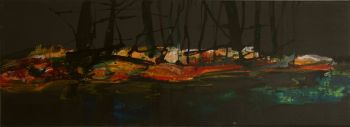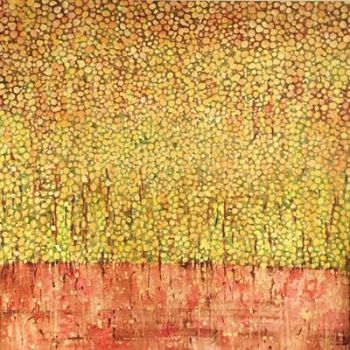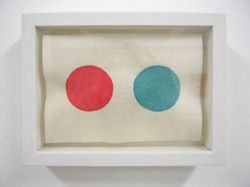English Stumpwork Embroidery with Chinese Curio Motives, 1690-1700 1690
Unknown artist
TextileWoolSilk
290 ⨯ 240 cm
Currently unavailable via Gallerease
- About the artworkThis wallcovering is embroidered in stumpwork and consists of a number of graphics that are scattered over the surface and seem to have no connection. The space between the sepparate graphics is filled with flowering sprigs, insects and birds.
Stumpwork is a type of embroidery originating from 16th century Brittain. Mainly on a base of linnen, figures were embroidered in wool, silk and metal thread. The relief was obtain by stuffing the embroidery with wool. The origin of this technique probably lies in the making of Italian liturgical attire. The motives of English stumpwork were originally based on classical examples of the Italian Renaissance, but in a free interpretation. Especially this free and fancyful variation gives the English stumpwork its characteristic features.
By the end of the 17th century Oriental motives are introduced, mainly under the influence of Queen Mary and her fondness of the goods that were brought in by the English East India Company (and in the Low Lands the VOC). - About the artist
It might happen that an artist or maker is unknown.
Some works are not to be determined by whom it is made or it is made by (a group of) craftsmen. Examples are statues from the Ancient Time, furniture, mirroirs, or signatures that are not clear or readible but as well some works are not signed at all.
As well you can find the following description:
•“Attributed to ….” In their opinion probably a work by the artist, at least in part
•“Studio of ….” or “Workshop of” In their opinion a work executed in the studio or workshop of the artist, possibly under his supervision
•“Circle of ….” In their opinion a work of the period of the artist showing his influence, closely associated with the artist but not necessarily his pupil
•“Style of ….” or “Follower of ….” In their opinion a work executed in the artist’s style but not necessarily by a pupil; may be contemporary or nearly contemporary
•“Manner of ….” In their opinion a work in the style of the artist but of a later date
•“After ….” In their opinion a copy (of any date) of a work of the artist
•“Signed…”, “Dated….” or “Inscribed” In their opinion the work has been signed/dated/inscribed by the artist. The addition of a question mark indicates an element of doubt
•"With signature ….”, “With date ….”, “With inscription….” or “Bears signature/date/inscription” in their opinion the signature/ date/ inscription has been added by someone other than the artist
Artwork details
Related artworks
- 1 - 4 / 12
- 1 - 4 / 6
Unknown artist
A MARINE IVORY NETSUKE OF A DUTCHMAN HOLDING A CHINESE FAN18th century
Price on requestZebregs & Röell - Fine Art - Antiques
Unknown artist
A JAPANESE MODEL OF A NORIMONO, A PALANQUIN1650 - 1700
Price on requestZebregs & Röell - Fine Art - Antiques
Unknown artist
A GILT-SILVER SRI LANKAN DOCUMENT SCROLL CONTAINER 19th century
Price on requestZebregs & Röell - Fine Art - Antiques
Unknown artist
A COLLECTION OF FOUR SRI LANKAN IVORY BIBLE BOXES18th century
Price on requestZebregs & Röell - Fine Art - Antiques
1 - 4 / 24Fontana
Flower basket brooch-pendant1900 - 1905
Price on requestAns Hemke-Kuilboer Juwelier & Antiquair
Frères Daum
Daum Nancy – “Paysage Soleil Couchant” vase with two applied handles1900 - 1910
Price on requestAntiques Emporium
1 - 4 / 24- 1 - 4 / 24

